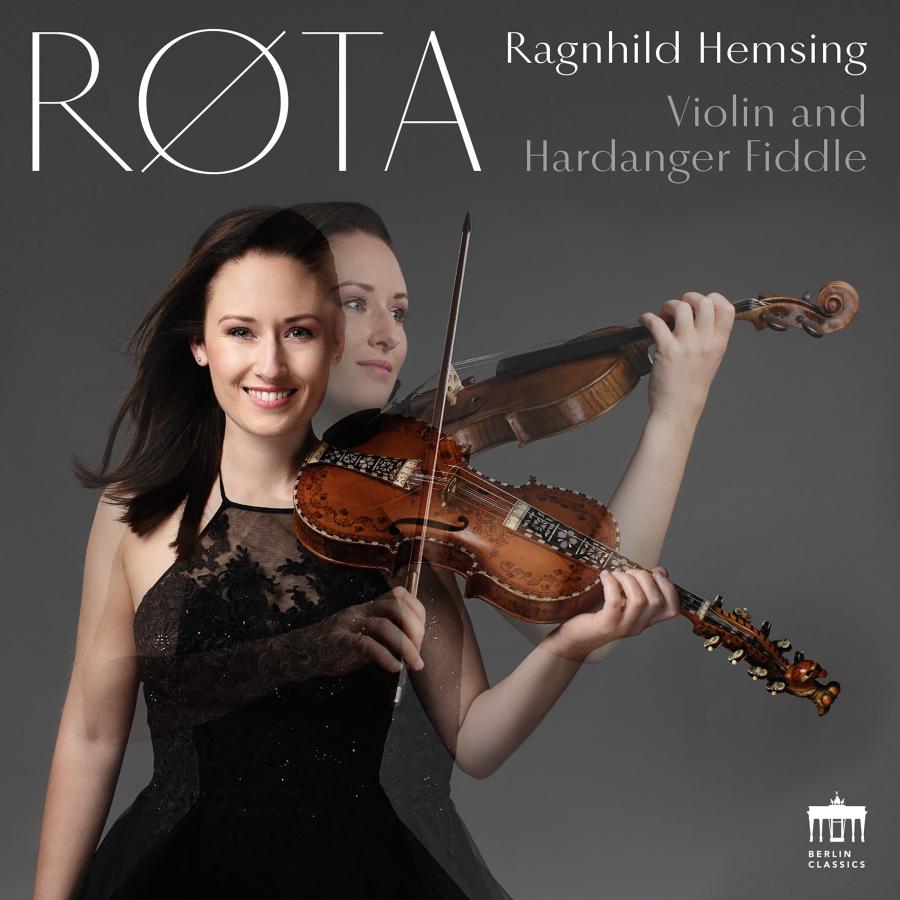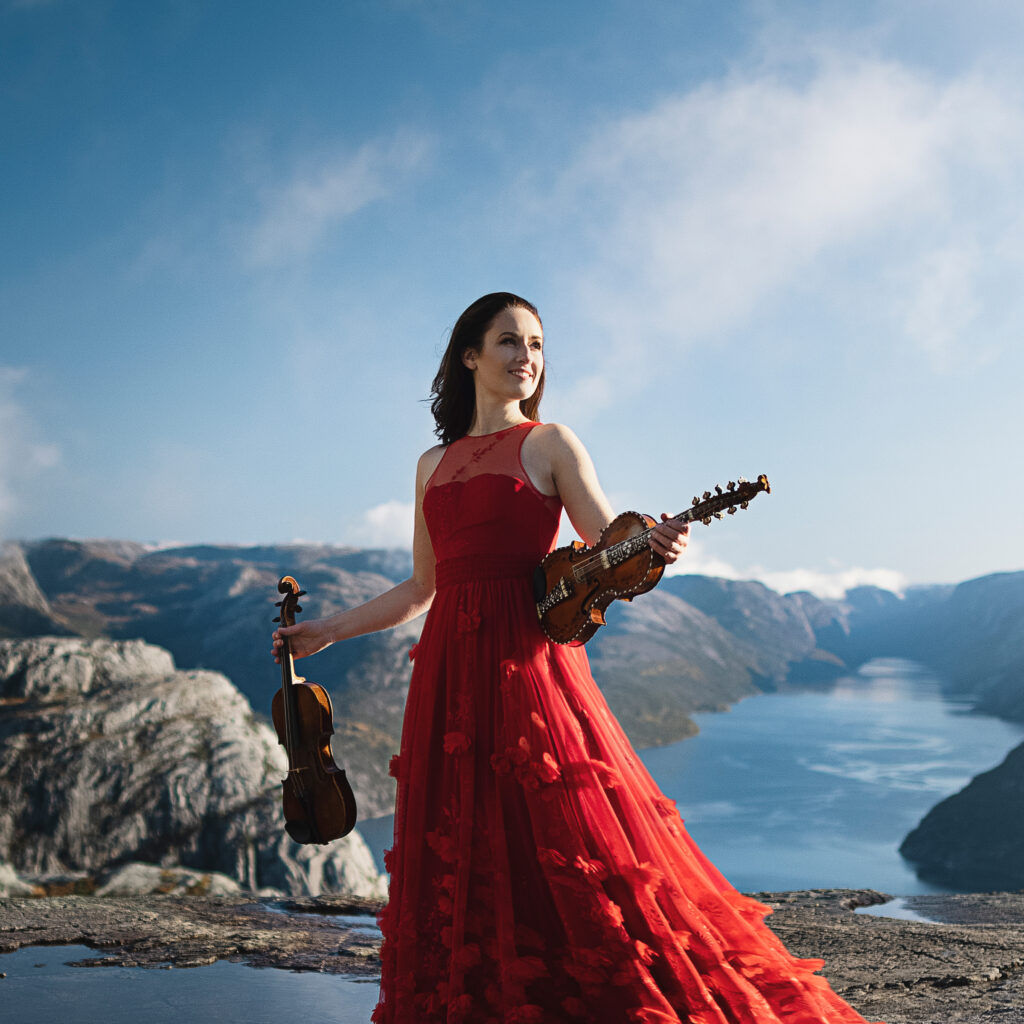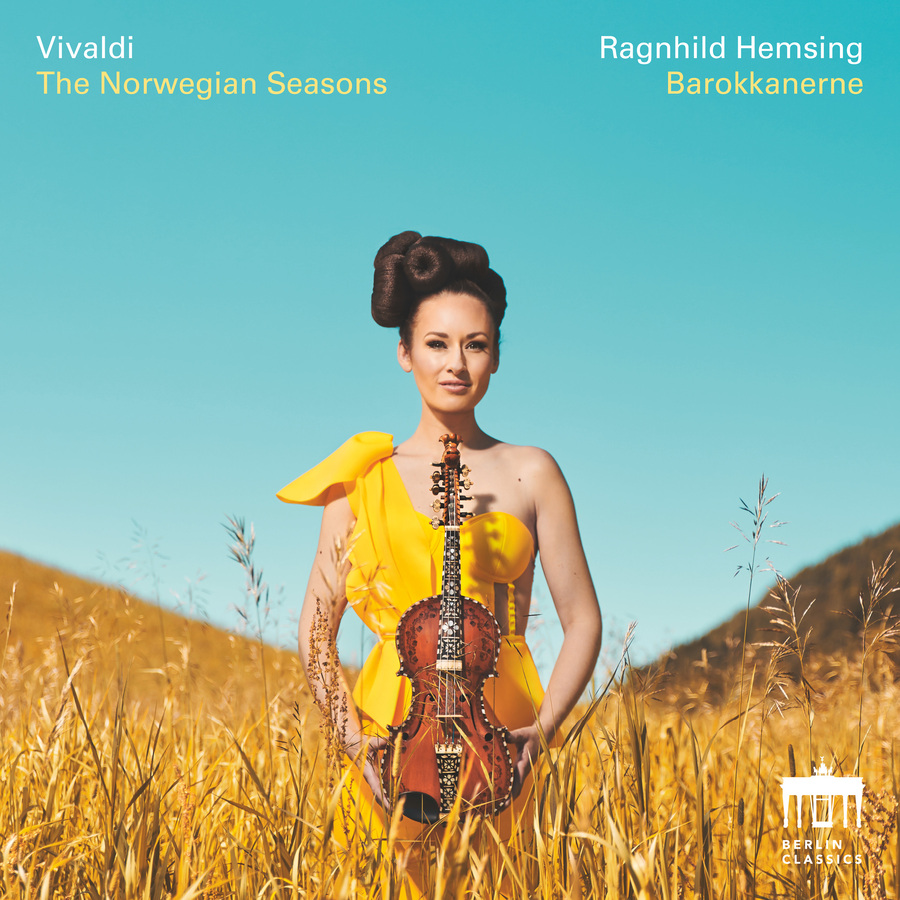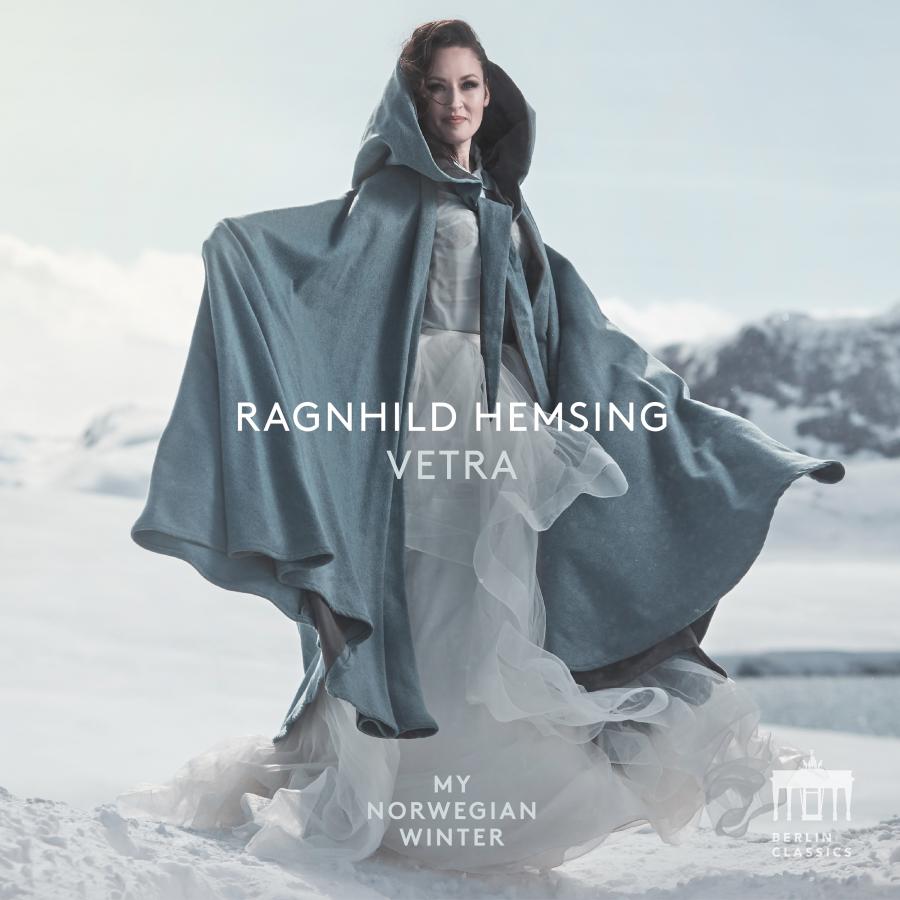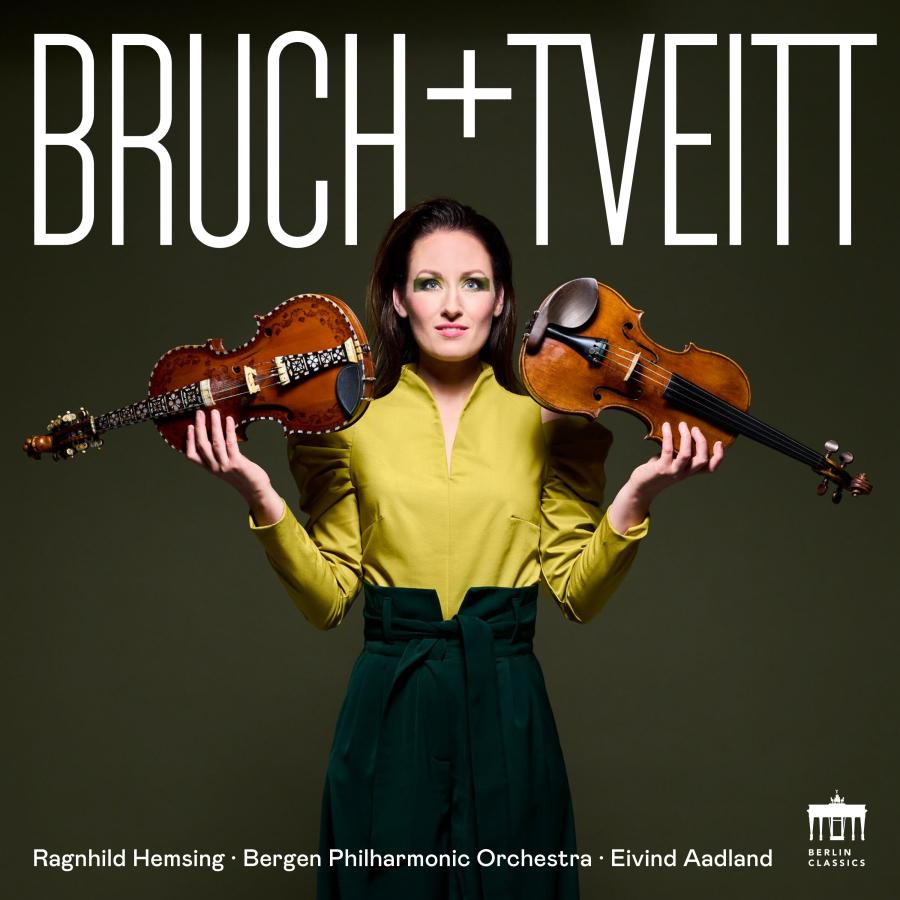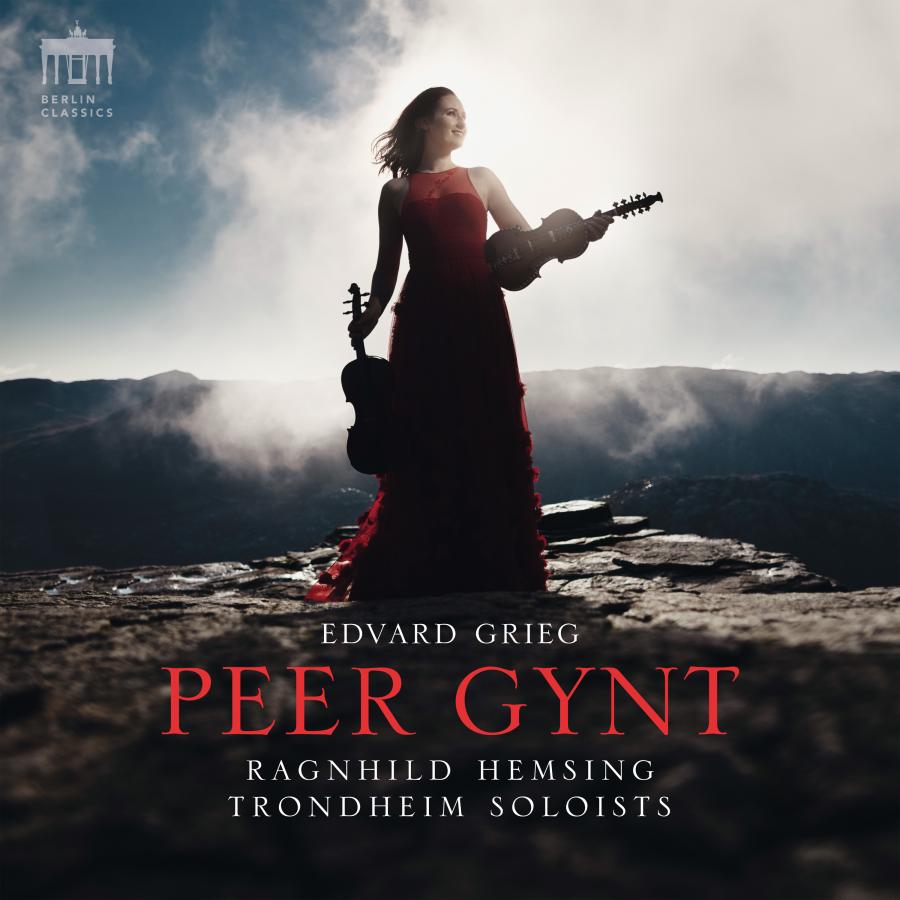On Røta, her debut album with Berlin Classics, Ragnhild Hemsing presents her Norwegian roots on the violin and Hardanger fiddle, thereby placing her identity and the link to her musical training centre stage. Central to this theme is the relationship between classical and Norwegian folk music and the contrast between the different sounds of the two instruments. Ragnhild Hemsing, in compiling Røta, has recorded works by famous Norwegian composers alongside four different folk melodies for the Hardanger fiddle from her homeland.
“I find it very interesting to combine the repertoire of composers who were inspired by folk music and the traditions of their individual homelands,” is how Hemsing explains her choice of works for this album. Ole Bull, Edvard Grieg, Johan Svendsen and Johan Halvorsen are famous Norwegian composers of the nineteenth century, whose music gives her a cosy, reassuring feeling of “home”. Together with Mario Häring at the piano and Benedict Kloeckner on cello she embarks on a journey through her native country’s sound world.
All of the composers featured on the album were closely affiliated with their homeland and were in contact with each other, exchanging ideas. Bull, for instance, provided Grieg with inspiration, who in his turn was a very close friend of both Halvorsen and Svendsen. The beauty of Norway, its characteristic traits and landscape, is palpable; it can be heard and sensed in the music. Grieg’s Lyric Suite (op. 54) is a reflexion of mystic nature, with reminiscences of quiet nights, hiking outdoors and finally the March of the Trolls.
Halvorsen, who himself was very proficient at playing the Hardanger fiddle, was intimately familiar with folk music, a fact reflected in the repertoire on this album. The Passacaglia based on Handel’s theme is undoubtedly his best known work worldwide, and was arranged (as were all the other pieces) by Tormod Tvete Vik for the Hardanger fiddle and cello. All of the composers featured share the same source of inspiration that they found in folk music.
The Røta album also features four different traditional rhythms from Ragnhild Hemsing’s homeland as an exciting addition to the pieces by known composers: a folk melody in the “Myllarguten” tradition, a “Springar” in 3/4 time and a “Halling” in 2/4 time from the Valdres region in southern Norway where Hemsing grew up. The well known folk song Allt under himmelens fäste (“everything under the heavens”) brings this album to a close.
Picturesque landscape images, melancholy melodies and the varied rhythmic characteristics of different dance melodies are the manifestation of the special and tradition-steeped music of Norway – music which is very close to Hemsing’s heart: “In 1850 Norway was a nation that suddenly awoke and recognised that it had its own musical heritage and its own composers who would go on in the coming decades to create wonderful music and find international recognition.”



